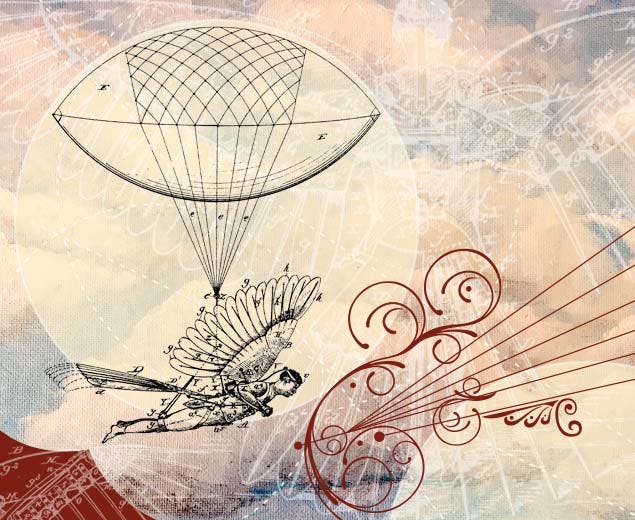First Flights
Montgolfier Brothers
The aerial age began in the 18th century when humans took their first flights in hot-air and gas-filled balloons. On September 19, 1783, a balloon designed by two brothers, Joseph-Michel and Jacques-Étienne Montgolfier, launched from the Palace of Versaille in Paris. It was the first flight in history with passengers aboard: a rooster, sheep, and duck. The balloon soared to nearly 1,500 feet in altitude and landed safely 15 minutes after takeoff.

